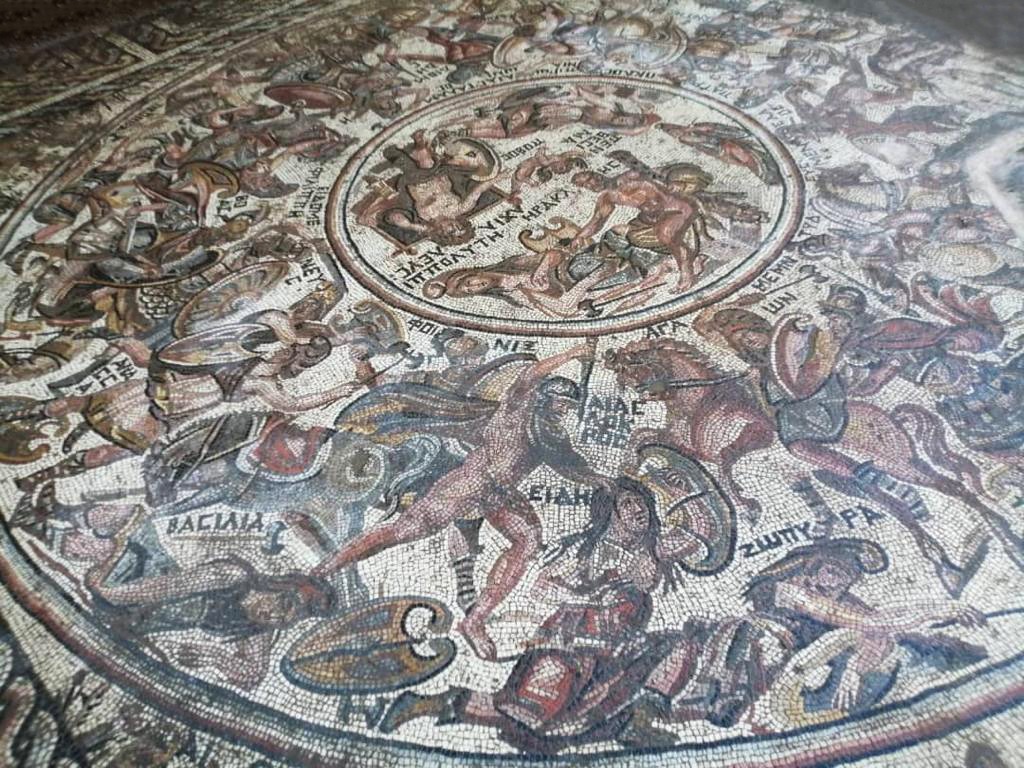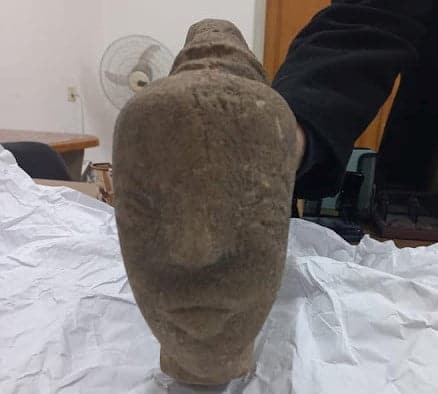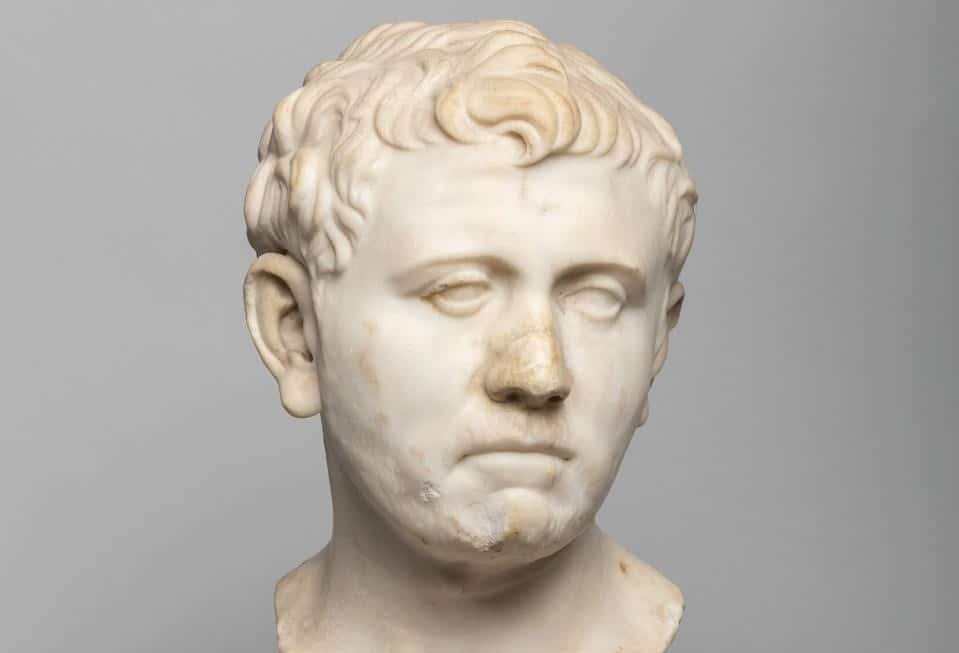The mosaic was found in a town called Rastan, which is near one of Syria’s largest cities Homs, and is thought to be from the Roman Era (635 BC to 476 AD).
Teams from Syria and Lebanon worked on excavations at the property which was bought by several businessman who then donated it to Syria’s government.
Archaeologists estimate the mosaic to be 120 square metres and an incredible find that still has the tiles, writings and vibrant colour undamaged according to Syria’s General Directorate of Antiquities and Museum Associate Director Dr Humam Saad.
Among the depictions on the mosaic are scenes from the Trojan War, ancient Greek gods such as Hercules and Roman god Neptune who is surrounded by 40 mistresses.
Despite knowing what the depictions are, it’s not known what kind of place the mosaic was built in.
“We can’t identify the type of the building, whether it’s a public bathhouse or something else, because we have not finished excavating yet,” said Saad to the Associated Press.
A rare Roman-era mosaic has been unearthed in Syria#Nabu pic.twitter.com/i3H3gpAl5h
— Nabu Museum (@nabumuseum) October 15, 2022
Experts believe that the mosaic extends beyond what they can see at the moment.
“There are other buildings, and it’s clear that the mosaic extends far wider,” said actress Sulaf Fawakherji who is a member of the Nabu Museum that’s been working on the excavations.
“Rastan historically is an important city, and it could possibly be very important heritage city for tourism.”
According to Saad it’s one of the first excavations in the area since the Syrian conflict.
“Unfortunately, there were armed groups that tried to sell the mosaic at one point in 2017 and listed it on social media platforms,” he said.






